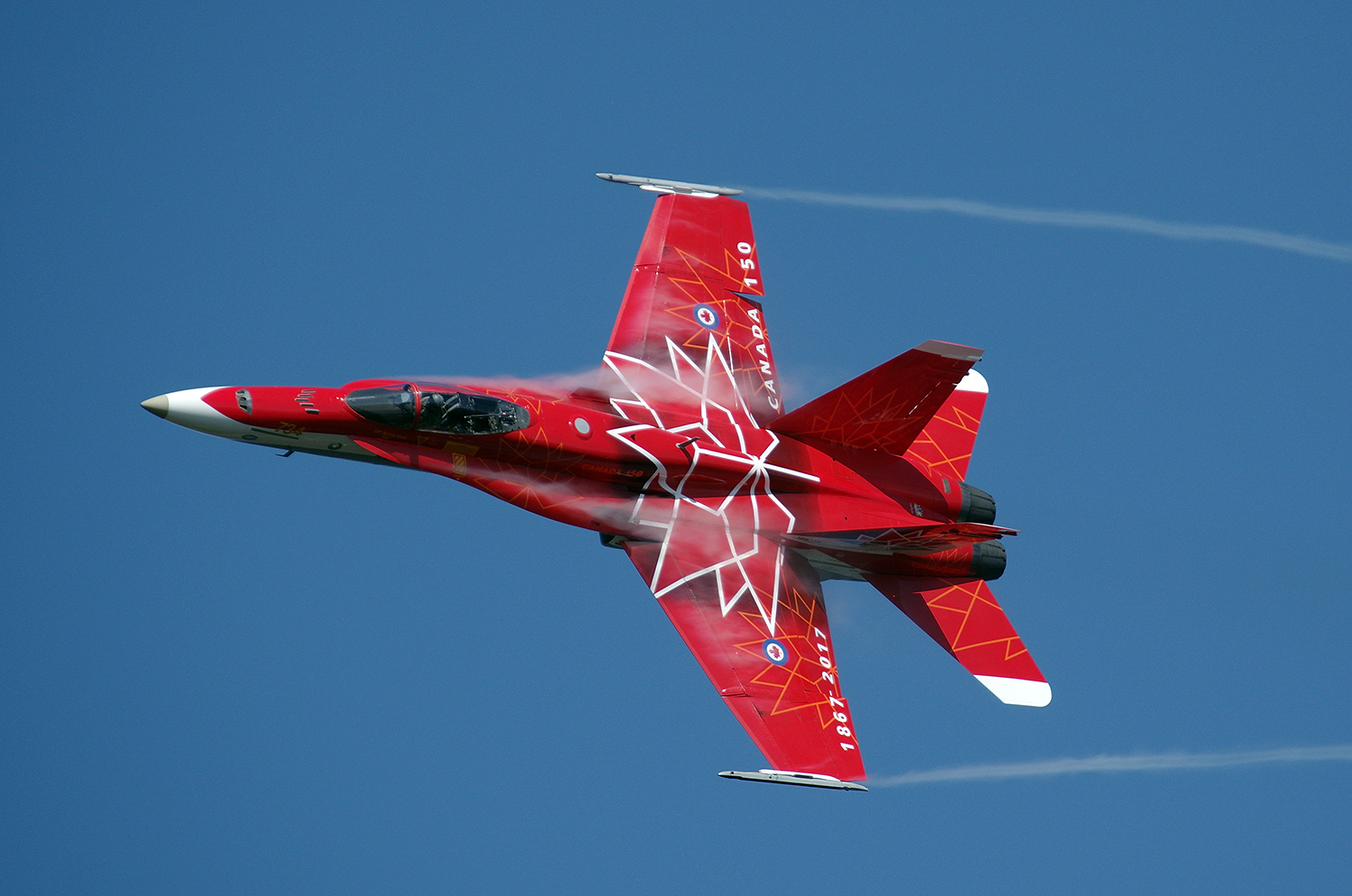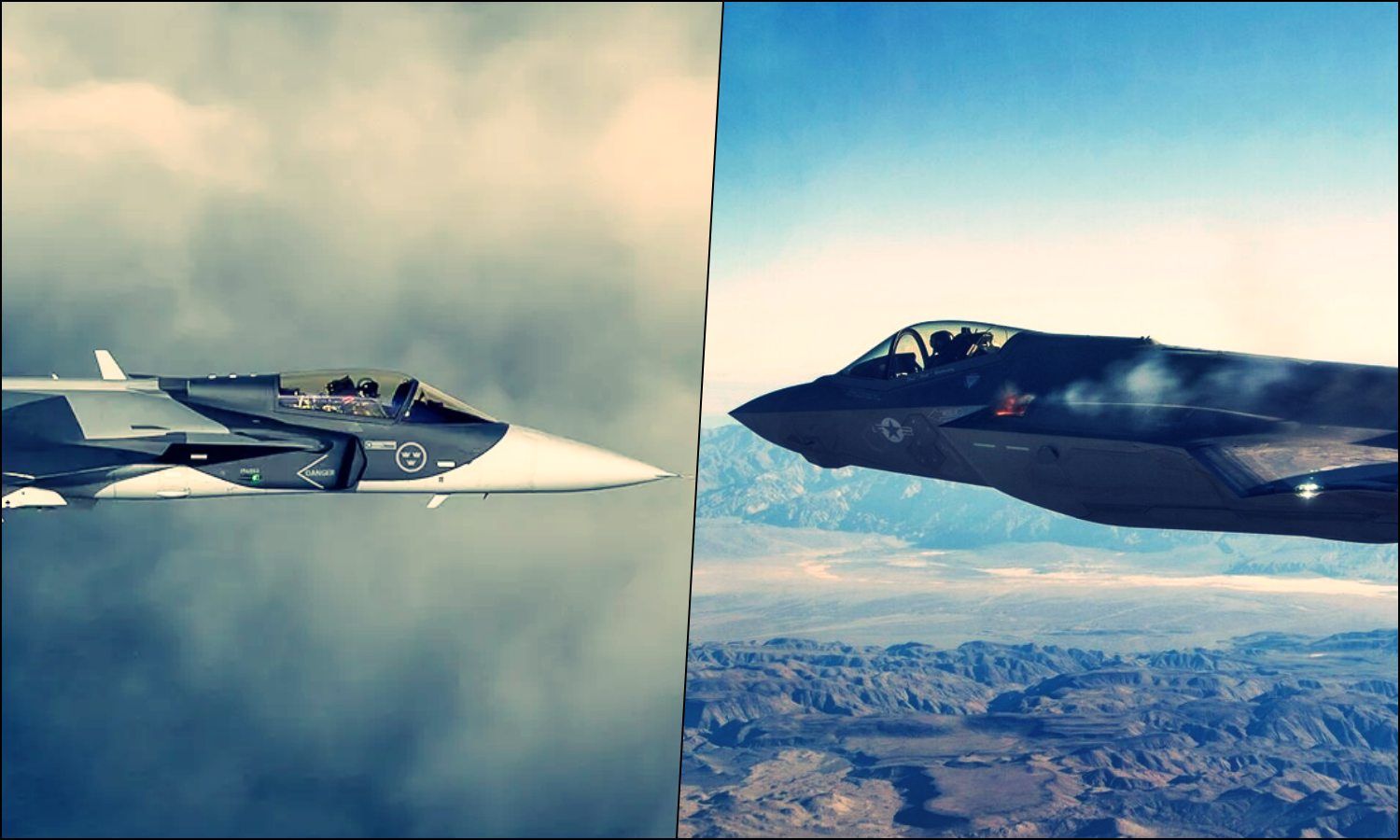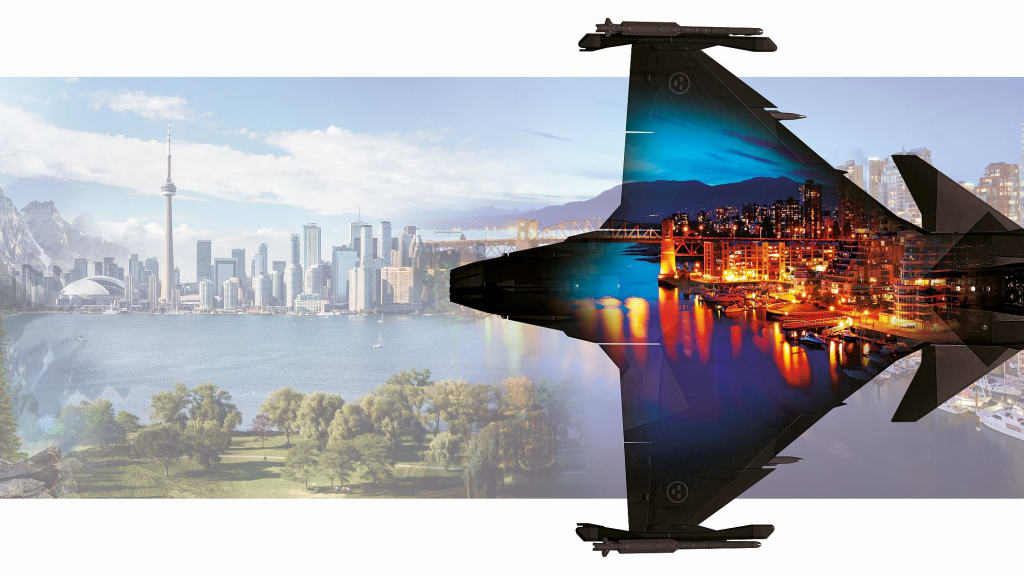Canadian CF-18 replacement: F-35 and Gripen to the the final showdown
Yesterday, the Government of Canada officially announced that the two remaining competitors in the running to replace the Royal Canadian Air Force’s (RCAF) CF-18 Hornets are the Saab Gripen and the Lockheed Martin F-35.

Just a few days ago, the Canadian government informed Boeing that its F/A-18 E/F Super Hornet was out of the bidding process for «not meeting the requirements». And yesterday, a press release was issued informing that, after evaluation of the proposals submitted, two bidders remain eligible under the Future Fighter Capability Project (FFCP) competitive procurement process:
- Swedish Government-SAAB AB (publ)-Aeronautics with Diehl Defence GmbH & Co. KG, MBDA UK Ltd. and RAFAEL Advanced Defence Systems Ltd.
- U.S. Government-Lockheed Martin Corporation (Lockheed Martin Aeronautics Company) with Pratt and Whitney.
The proposals were rigorously evaluated on the elements of capability, cost and economic benefits. The evaluation also included an economic impact assessment.
In the coming weeks, Canada will finalize the next steps in the process, which, based on further analysis of the 2 remaining bids, could involve initiating final negotiations with the highest ranked bidder or initiating a competitive dialogue, in which the 2 remaining bidders would have the opportunity to improve their proposals.
What is interesting is how disparate the competitors are. On the one hand, Saab’s proposal to replace the CF-18 with 88 Gripen E/F, a light single-engine 4.5 generation, robust, modern and low operating cost aircraft. On the other hand, the only 5th generation fighter currently offered to the export market, the F-35.
The technological advantages are clearly on the side of Lockheed Martin’s product, especially considering that what is offered to Canada is the future Block 4, a more advanced version than the current F-35models, much awaited by the USAF, because it would have all the capabilities promised since the beginning of the program and would correct many of the shortcomings suffered so far.
The strength of Saab’s Gripen proposal for Canada lies in its technology transfer offer and its extensive offset program, which includes the installation of 2 aerospace centers in Canada.
What the Canadian government must decide is which air force and aerospace industry model wants for its future: greater independence and autonomy from the U.S. or deeper integration with its main continental and NATO ally? The real challenge is to decide which of the two solutions will bring the greatest benefits to Canada in the long term.
The winner of the competition should be announced during 2022, with the first new fighters expected to start arriving in 2025. In the meantime, the RCAF will upgrade part of its CF-18s with AESA radars to maintain a minimum of modern operational capabilities until beyond mid-decade.




Para comentar, debés estar registradoPor favor, iniciá sesión